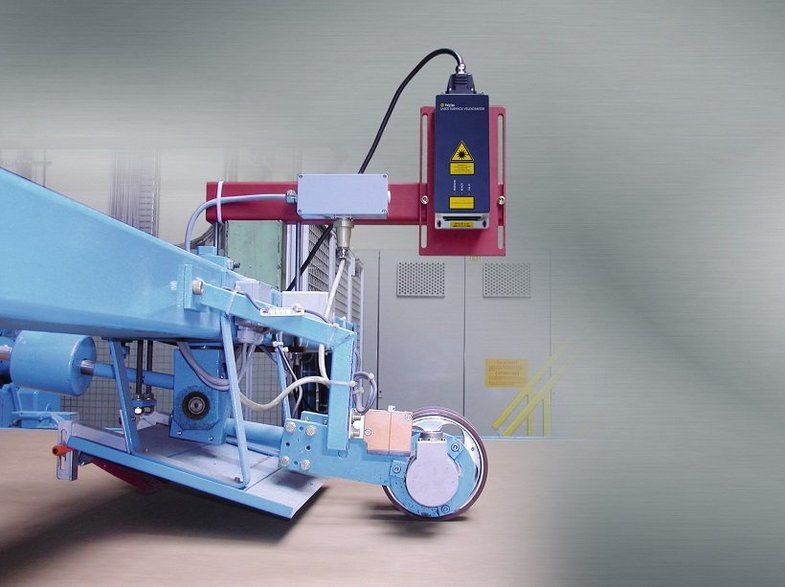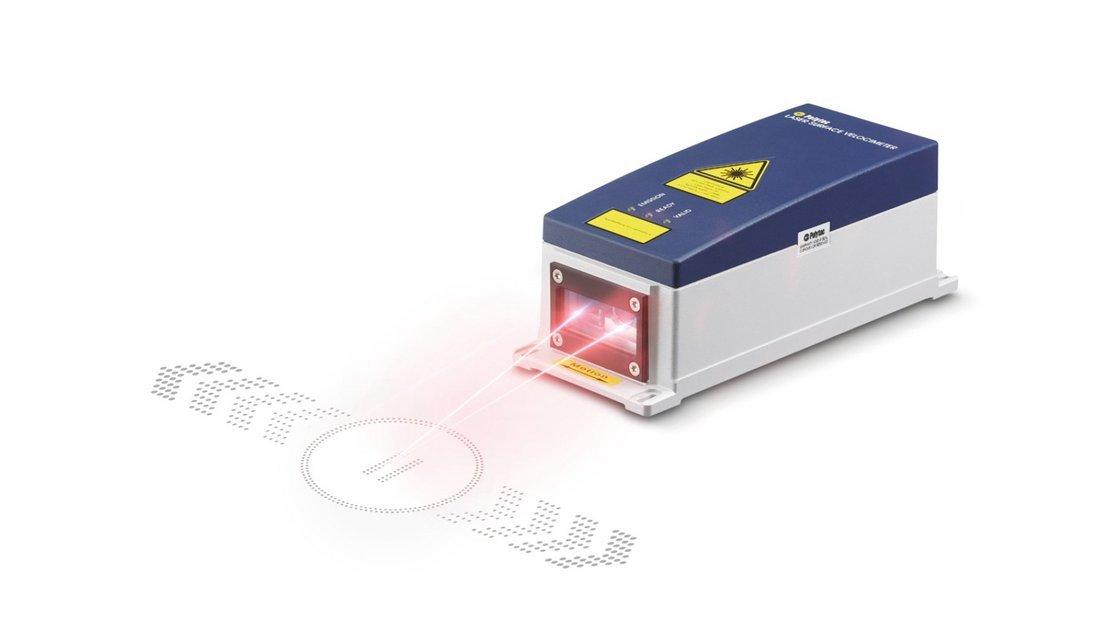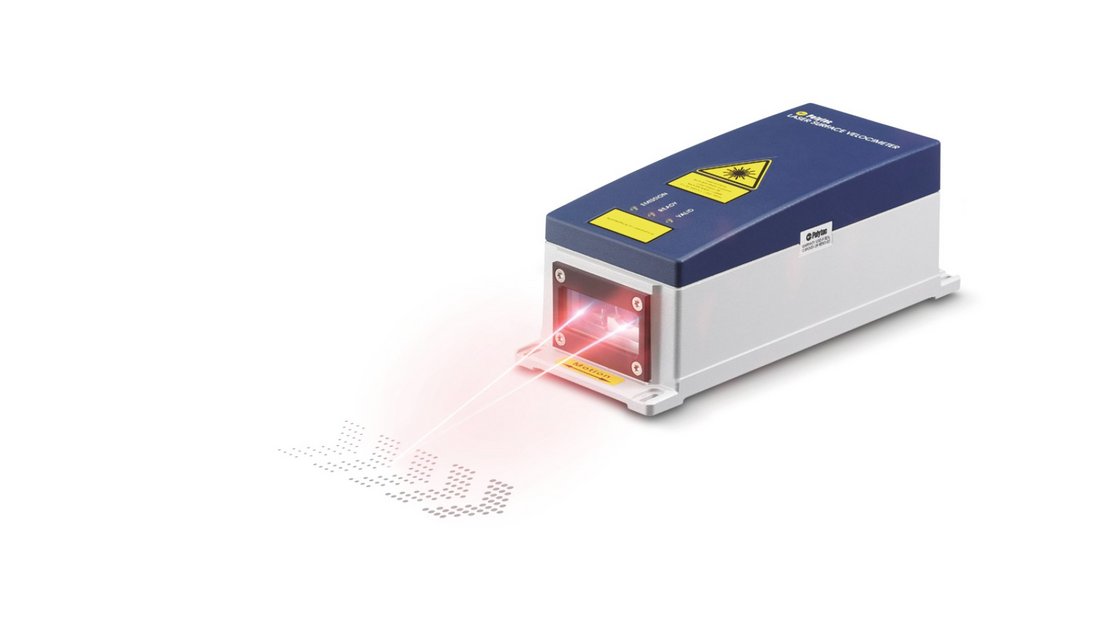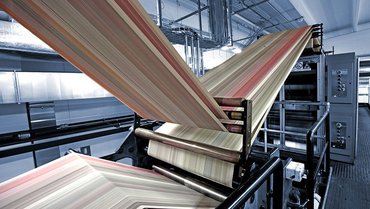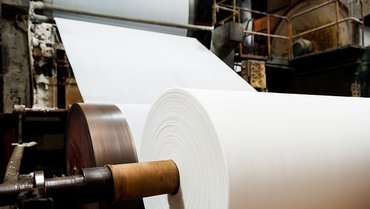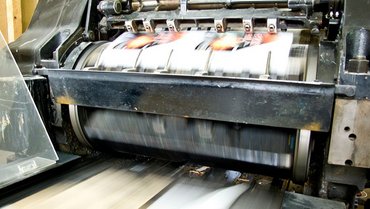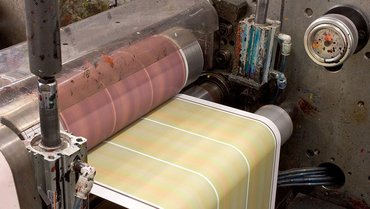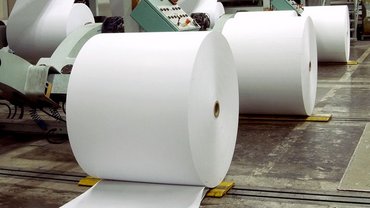Cut length control on roll-fed material
Determining the length and velocity provides the basis for controlling the cutting length (link to velocity measurement and length measurement applications). If the sheet materials are not to be stopped in order to perform the cut, then the cutting device must move along with the sheet material for a straight cut, in other words it should be a "flying cutting device". The speed of the sheet material is measured for velocity synchronization
Laser surface velocimeters (LSVs) from Polytec are ideally suited for cut length control because they measure both velocity and length at the same time and can display the values on different interfaces. The LSVs work on almost any surface and are not susceptible to contaminated surfaces. The non-contact measuring technique makes it possible to eliminate any negative influences on accuracy, such as slippage and wear, simultaneously. The product being subjected to the measurement remains intact too.
The Polytec LSV offers increased cutting precision compared to other methods and therefore allows reduced safety margins to be added to the preset cut length. This will save costs on every cut. Another benefit of Polytec systems is the flexible interface concept – it enables length and velocity readings via encoder output, serial interfaces, LAN, Profibus and Profinet. The digital outputs feature a pre-warning signal that indicates when the cutting length is about to be reached, as well as the cut signal for triggering the cutting process.
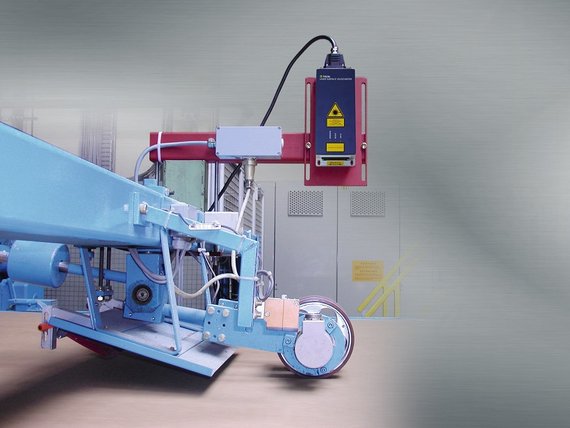
Practical examples
Polytec LSVs are used in various applications in the paper, cardboard, & packaging industry as a means of controlling cut lengths of paper and cardboard products. Polytec LSVs carry out measurements on materials such as wood, cardboard, film, wire, plastic profiles, construction materials and textiles. One specific example is the length measurement of corrugated board sections.
